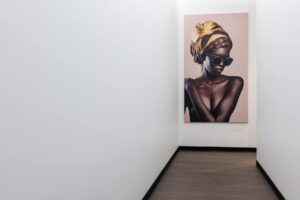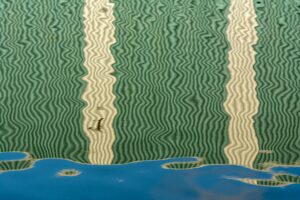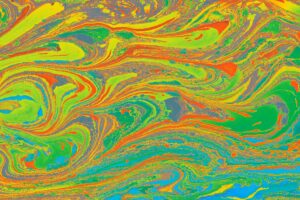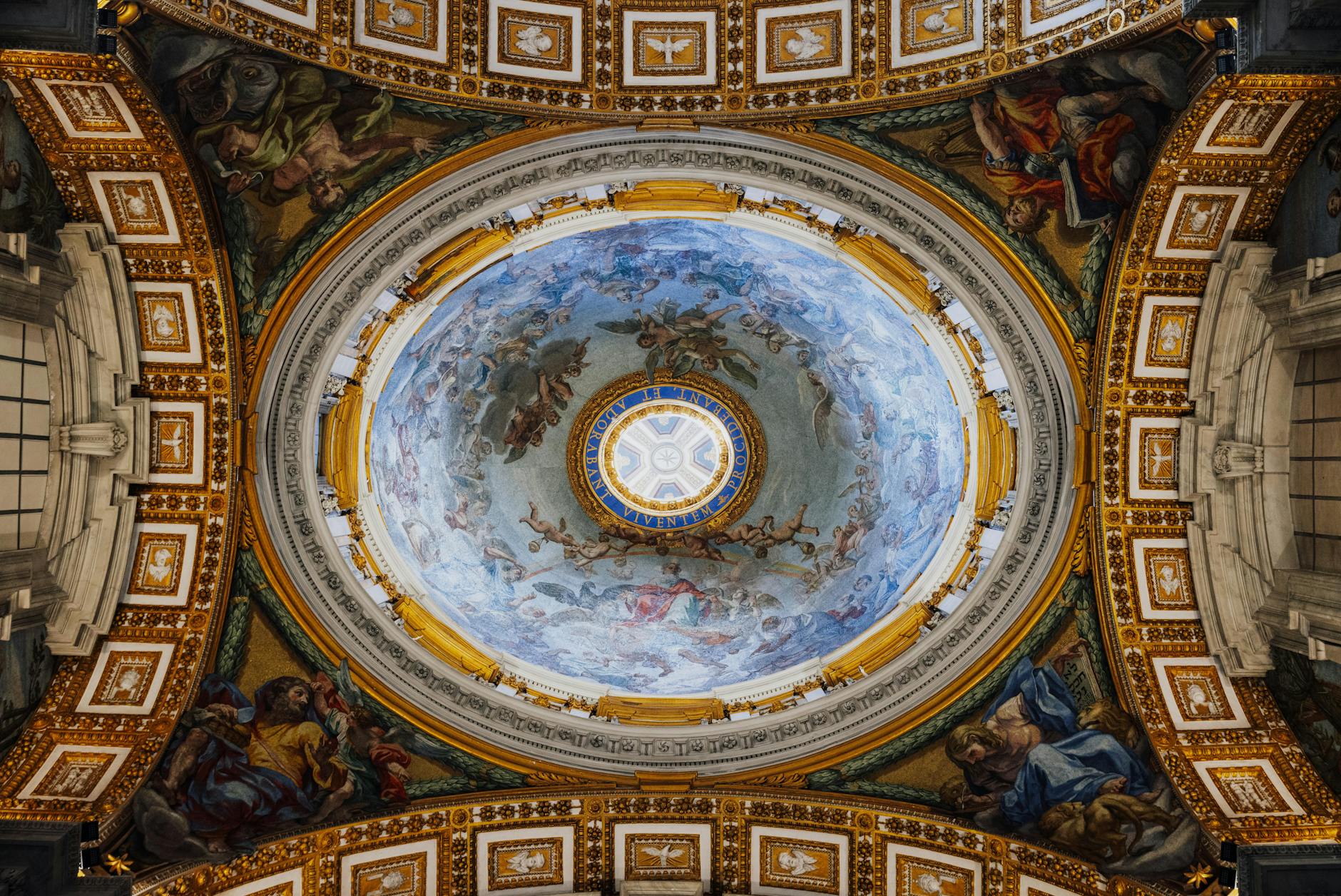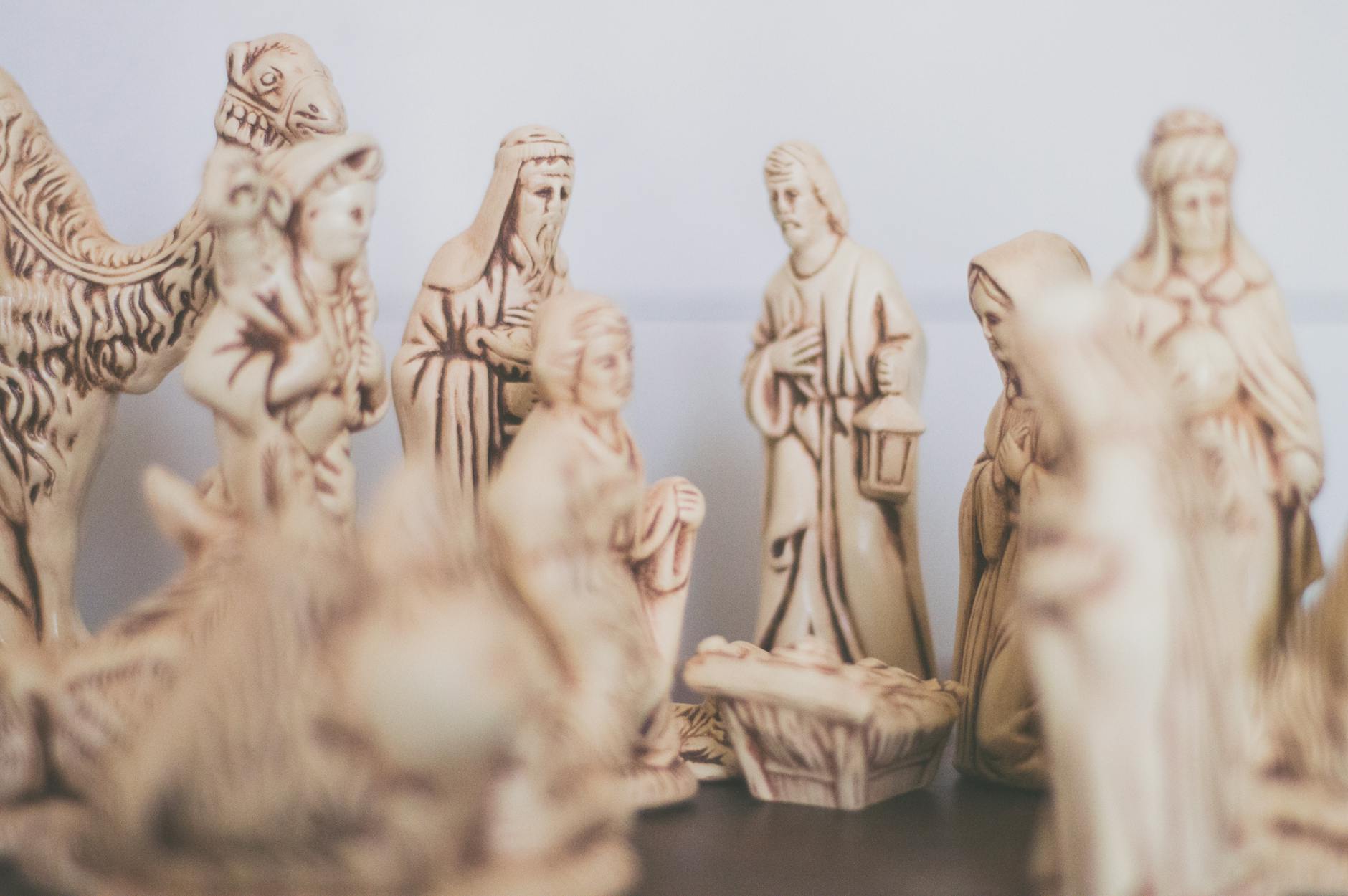Drenched in vibrant colors and bold designs, psychedelic art has become a unique and enduring facet of cultural expression, and it has etched an indelible mark on the canvas of art history. It represents the outpouring of a visionary mindset, a dynamic intersection of psychedelia and creativity, where reality is imprinted with the surreal and the spiritual. But the trip to psychedelia was not swift or straightforward; it unfurled over years of socio-cultural evolution and psychedelic experiences.
The genesis of this intricate art movement can be traced back to the counterculture of the 1960s. This period bore witness to a cultural revolution — the youth bursting forth in anti-establishment protest, alongside the emergence of an underground psychedelic culture. Amidst this backdrop of societal upheaval, LSD emerged as a potent and popular substance. While it was by no means the first mind-altering compound to be discovered, its widespread influence fueled the psychedelic movement.
LSD presented users with an altered state of consciousness, often characterized by a deeply immersive, spiritual, and ‘trippy’ experience. The infamous studies from the 1960s by Timothy Leary, a well-known psychologist and advocate for psychedelics, underlined the potential for LSD to induce profound transformations in perception, the iconic “Turn on, tune in, drop out” movement. This reality-bending experience became a wellspring of inspiration for art, resulting in the emergence of psychedelic art as a form of artistic expression.
Psychedelic art is a mirror to the mind under the influence of psychedelics. It encapsulates the complex sensory and cognitive experiences, evoking the vibrant chaos and intricate patterns seen during psychedelic experiences. Boldness and exuberance define the aesthetics: colors are vivid and oversaturated, designs often elaborate and intricate, and themes transcend reality and mortality, touching upon the spiritual and the mystical.
Early proponents of this art movement, such as Peter Max and Lee Conklin, created poster art for rock concerts and album covers that would become familiar symbols of the era’s music and counterculture. These works became emblematic of a time when pop culture reflected a collective yearning for spiritual and societal transcendence.
Even as it was birthed amidst a context of upheaval and protest, psychedelic art was not merely subversion for its own sake. It was a vessel for the exploration of consciousness, a conduit for the spiritual and existential exploration. As refracted through the prism of psychedelic art, the mundane could be reimagined as the magical, the ordinary as the extraordinary – an expression of innermost thoughts, fears, and dreams.
As society moved away from the open rebellion of the 1960s, the psychedelic movement was in some ways driven underground, but its influences continued to reverberate through subsequent decades. Psychedelic art left a profound impact upon the pop culture of its time and the decades that followed, influencing fashion trends, design aesthetics, and even infiltrating mainstream advertising.
In the decades that have followed, the legacy of psychedelic art has continued to thrive, foreseeably influencing the works of contemporary digital artists like Android Jones and Hakan Hisim, who take the viewer on deeply immersive, spiritual journeys through digital mediums. The advent of virtual and augmented reality technologies has further pushed the boundaries of psychedelic art, making the deeply personal and subjective psychedelic experience a shareable event.
Moreover, the broader societal attitudes towards psychedelics themselves have seen a remarkable shift, paving the way for a resurgence of psychedelic art. Renewed interest in studying psychedelic substances for potential therapeutic benefits, coupled with an increasing mainstream acceptance of them, has poised psychedelic art for a comeback – as a platform for expanding understanding, empathy, and connection.
In conclusion, psychedelic art stands as a remarkable testament to the boldness and breadth of artistic expression. As we move forward, its evolution will continue to captivate us, serving as a trip through the unimaginable spaces of the mind and spirit – invoking curiosity, challenging perspectives, and blurring the lines between the real and the surreal.
Sources:
1. History.com
2. TheGuardian.com
